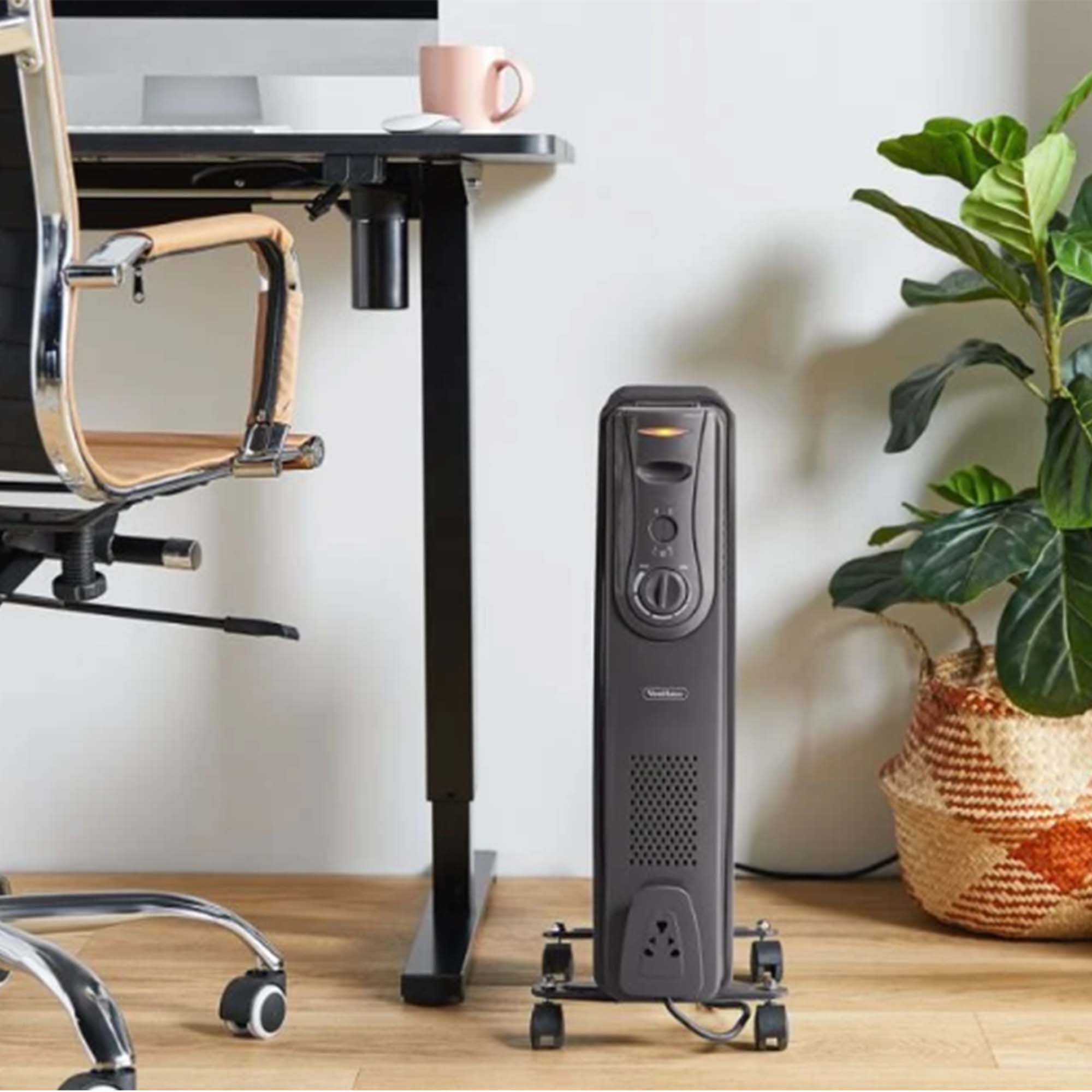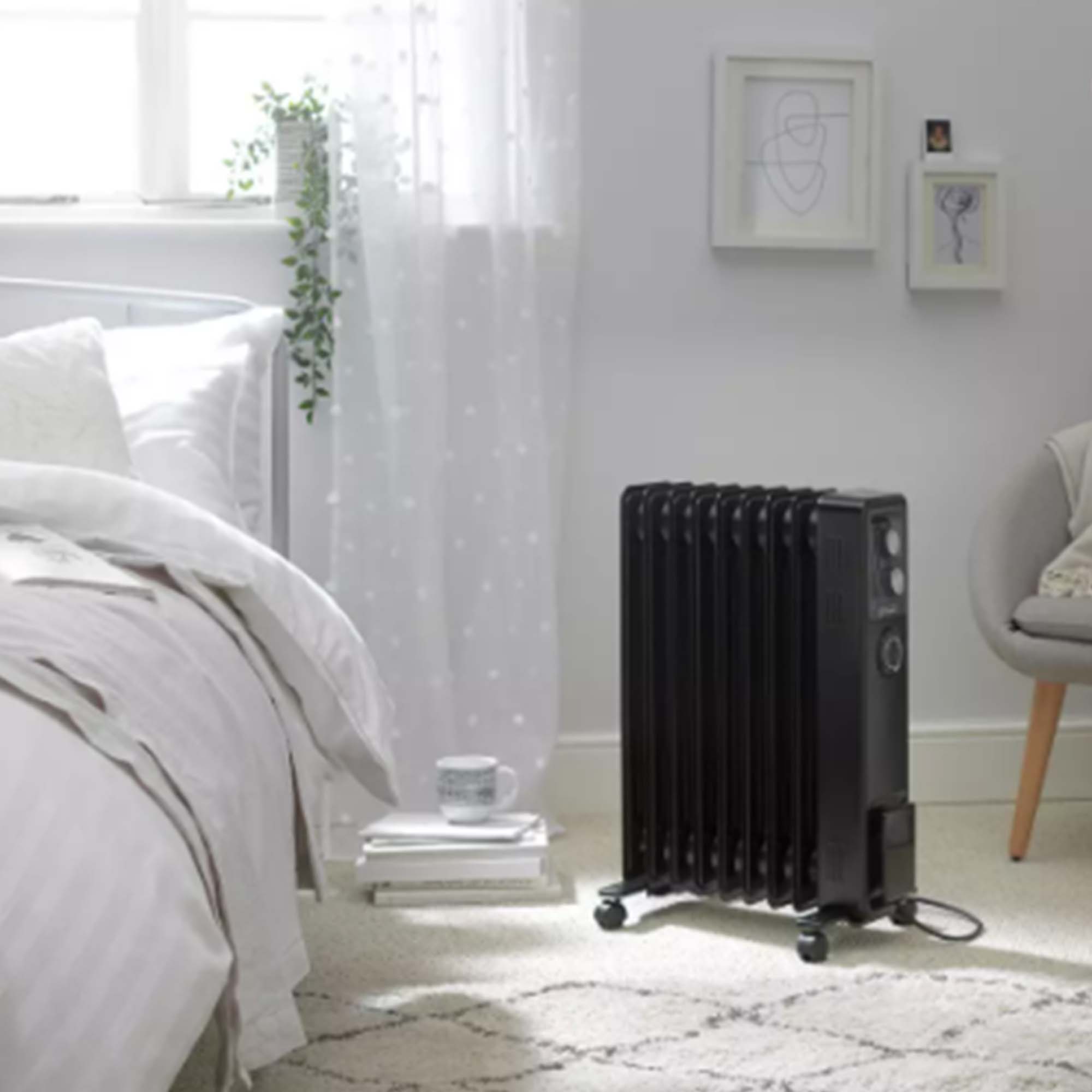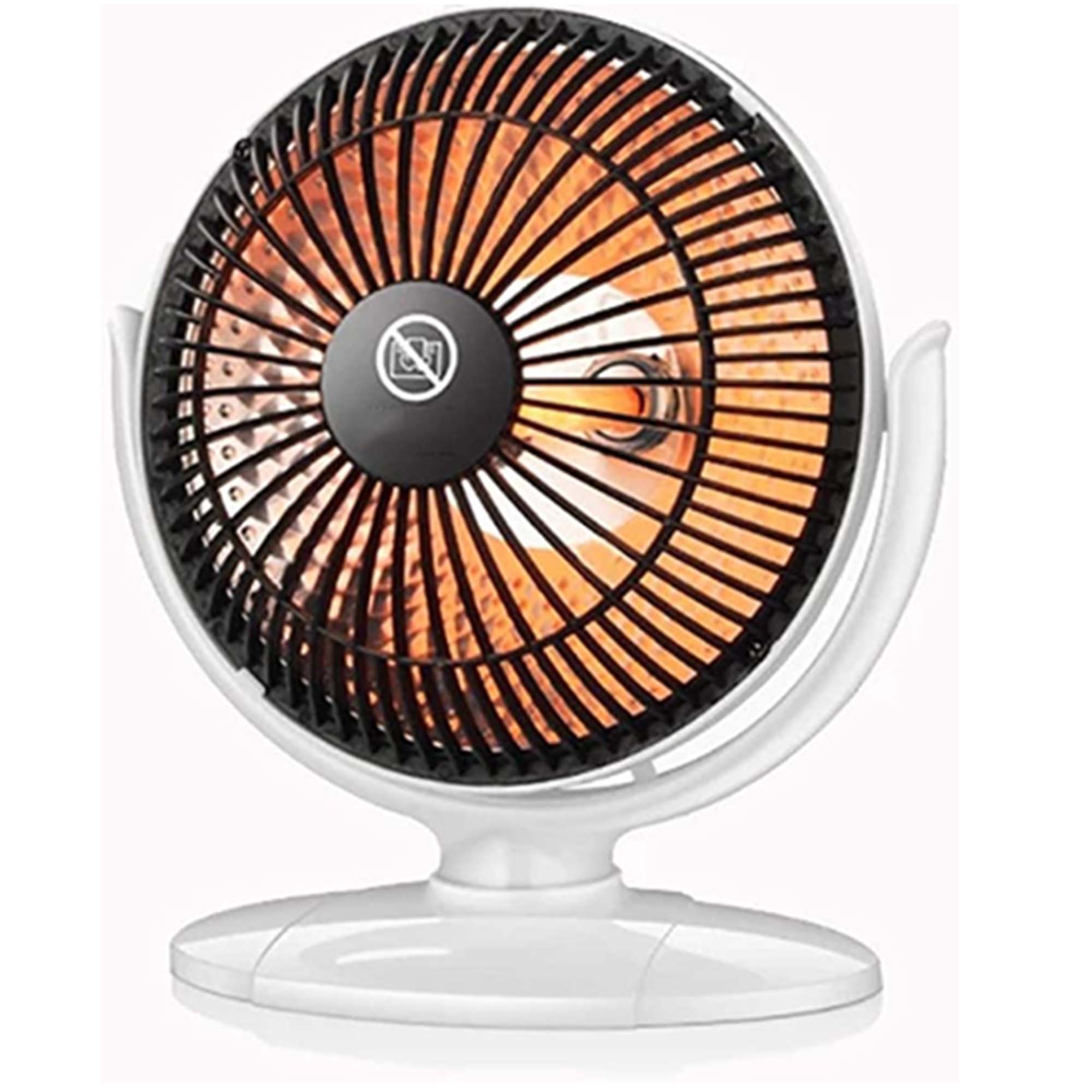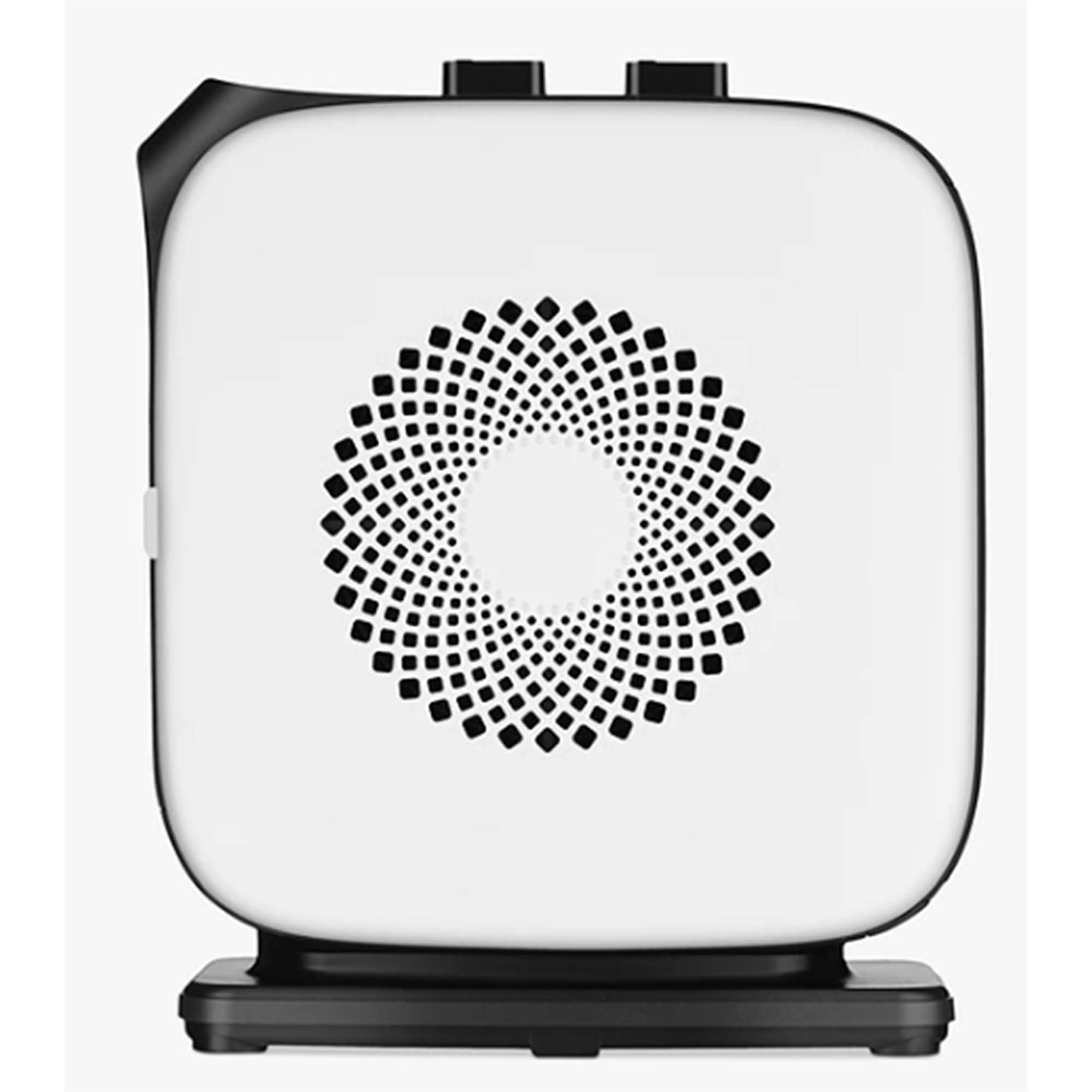Which is the best space heater to keep your home warm this winter?
Find out how the best space heater – from fan heaters to oil filled radiators – for your situation can help you stay warm at home — and at what cost

Finding the best space heater for your home will largely depend on the space you wish to heat, how many people in the room and how quickly you want to warm it.
Naturally, budget should always be taken into consideration, and with heating costs increasing exponentially over the last few months only heating the spaces you need, rather than using the full-house central heating, is an option many are researching alongside other energy saving tips.
With more people working remotely from home, or simply wanting to use less gas or oil, space heaters can be an appealing alternative. There are a couple of different types of space heater, so we've broken them down into which would work best in different situations to help you pick which is right for you.
What is the best type of space heater for just one room?
If you're just heating one room either a halogen space heater or oil filled radiator will do the job well.
The radiant heat of a halogen heater is ideal for warming something, be it a person or sofa, directly. This could be ideal for those working from home in a larger room to combat energy price rises as no energy is wasted raising the temperature of the entire room, simply the material or person that needs it.
Oil filled radiators would similarly be good for smaller rooms as they hold residual heat for longer, meaning less energy is needed to heat the space up. An oil filled radiator cost to run could be as little as 20p per hour, depending on the size. Plus, after the first burst of power supply they will gradually radiate heat, keeping the user at a comfortable temperature without being constantly on.
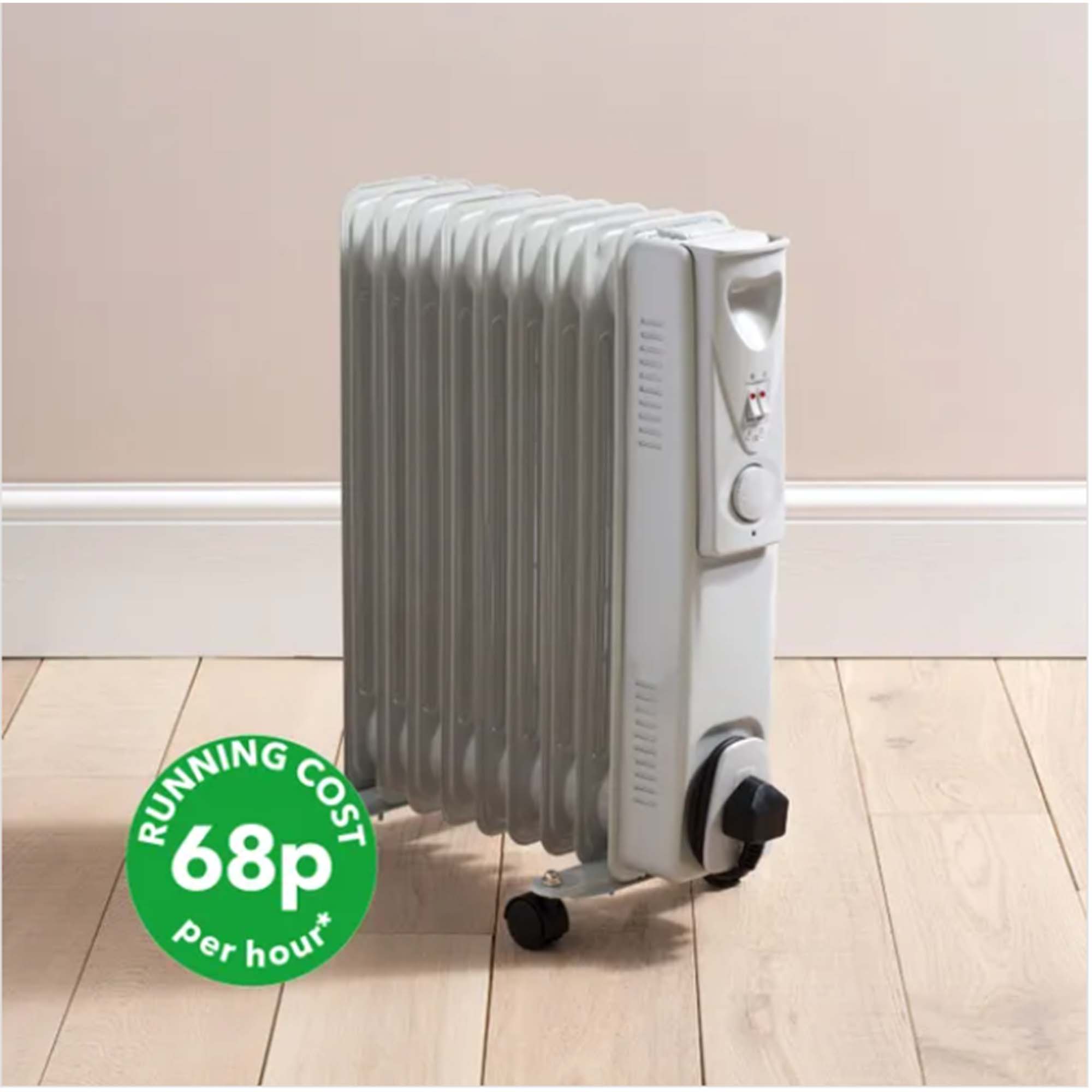
Featuring a thermostatic control and three power settings, this portable heater (priced at a reasonable £49) boasts a running cost of 68p an hour.
What is the most effective type of space heater for large spaces?
Halogen heaters are the best space heater for one point of warmth in bigger rooms, and, while it sounds odd, will be one of the cheapest ways to heat a room as they are generally more cost-effective than putting the heating on.
Typically the least expensive space heater to run, halogen heaters like this one from Argos often require 1200W of electricity, costing just 40p per hour based on current the electricity cap at 34p per kilowatt hour.
However, if you're wanting to heat the whole of a large room, a fan heater might do the job better (more information below).
What is the quickest space heater to warm up a room?
Fan heaters will warm a room up the fastest of all of the space heaters — making them ideal candidates for a quick bust of warmth while your central heating kicks in.
However, once a fan heater is unplugged, the warm air stops and the room will just as quickly go cold once more. To achieve consistent warmth a fan heater has to be turned on constantly, which considering the average 2kW products will cost 68p an hour, this can quickly stack up in comparison to a halogen or smaller oil filled radiators.
Infrared space heaters are generally more efficient than electric fan heaters, with some using just 300W of electricity.
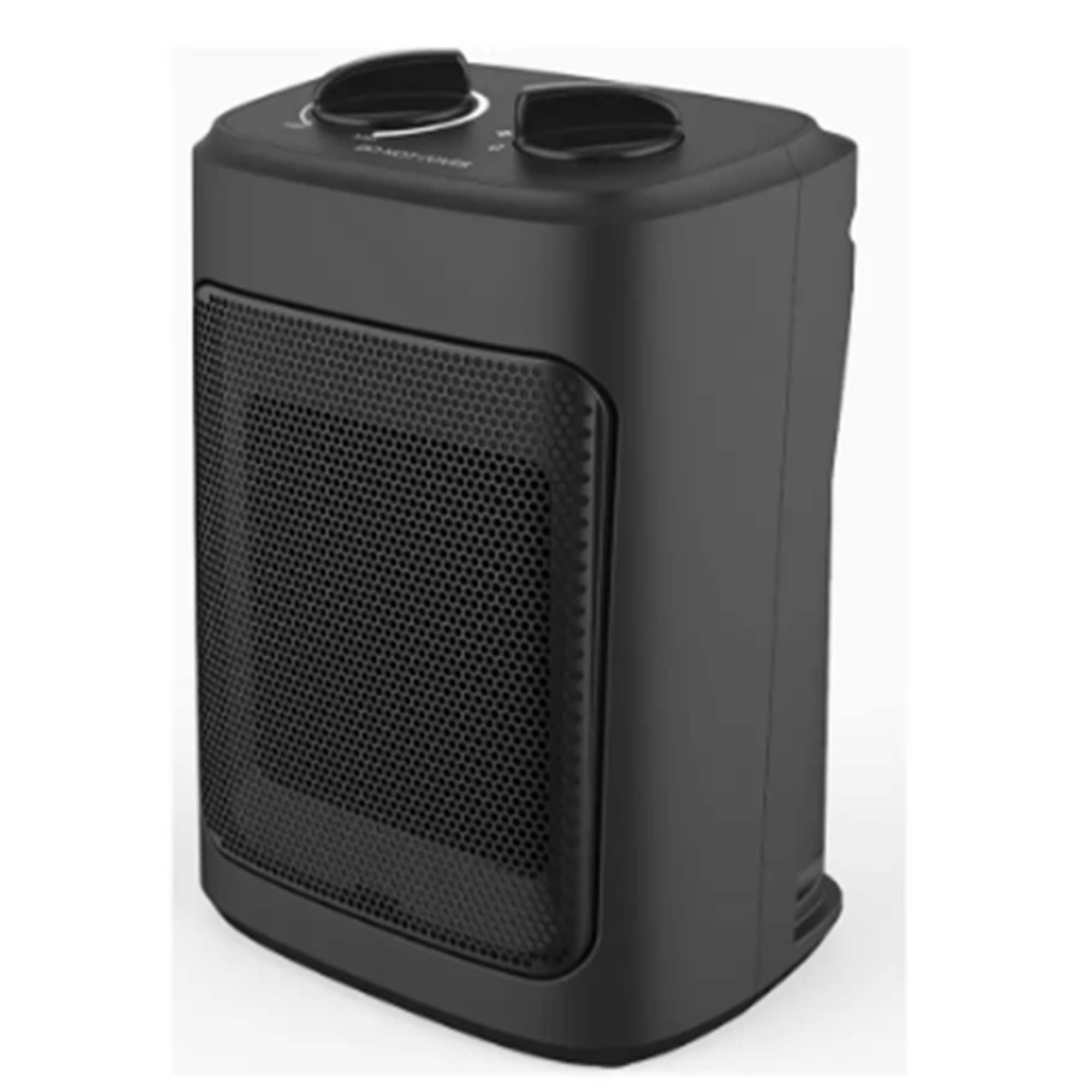
This 2kW ceramic fan heater has three modes and a safety cut out and tip-over protection switch. Suitable for rooms up to 10m2, the freestanding design has a 1.8m cord and is priced at £32.
What is the safest heater to leave unattended?
Historically, it has never been a good idea to leave any space heater unattended, but recent developments in safety measures in products means that infrared heaters are safest to leave alone.
Oil filled radiators also tend to be more stable than other types of space heaters. Thanks to their legs and larger, heavier design they're more difficult to tip over, but we still would not advice leaving it on overnight, just in case.
No matter what type of space heater you choose, look for products with either a maximum heat shut off, so it doesn't overheat, as well as ones with tip-over switches for added safety measures.
Get the Homebuilding & Renovating Newsletter
Bring your dream home to life with expert advice, how to guides and design inspiration. Sign up for our newsletter and get two free tickets to a Homebuilding & Renovating Show near you.
Amy is an interiors and renovation journalist. She is the former Assistant Editor of Homebuilding & Renovating, where she worked between 2018 and 2023. She has also been an editor for Independent Advisor, where she looked after homes content, including topics such as solar panels.
She has an interest in sustainable building methods and always has her eye on the latest design ideas. Amy has also interviewed countless self builders, renovators and extenders about their experiences.
She has renovated a mid-century home, together with her partner, on a DIY basis, undertaking tasks from fitting a kitchen to laying flooring. She is currently embarking on an energy-efficient overhaul of a 1800s cottage in Somerset.
